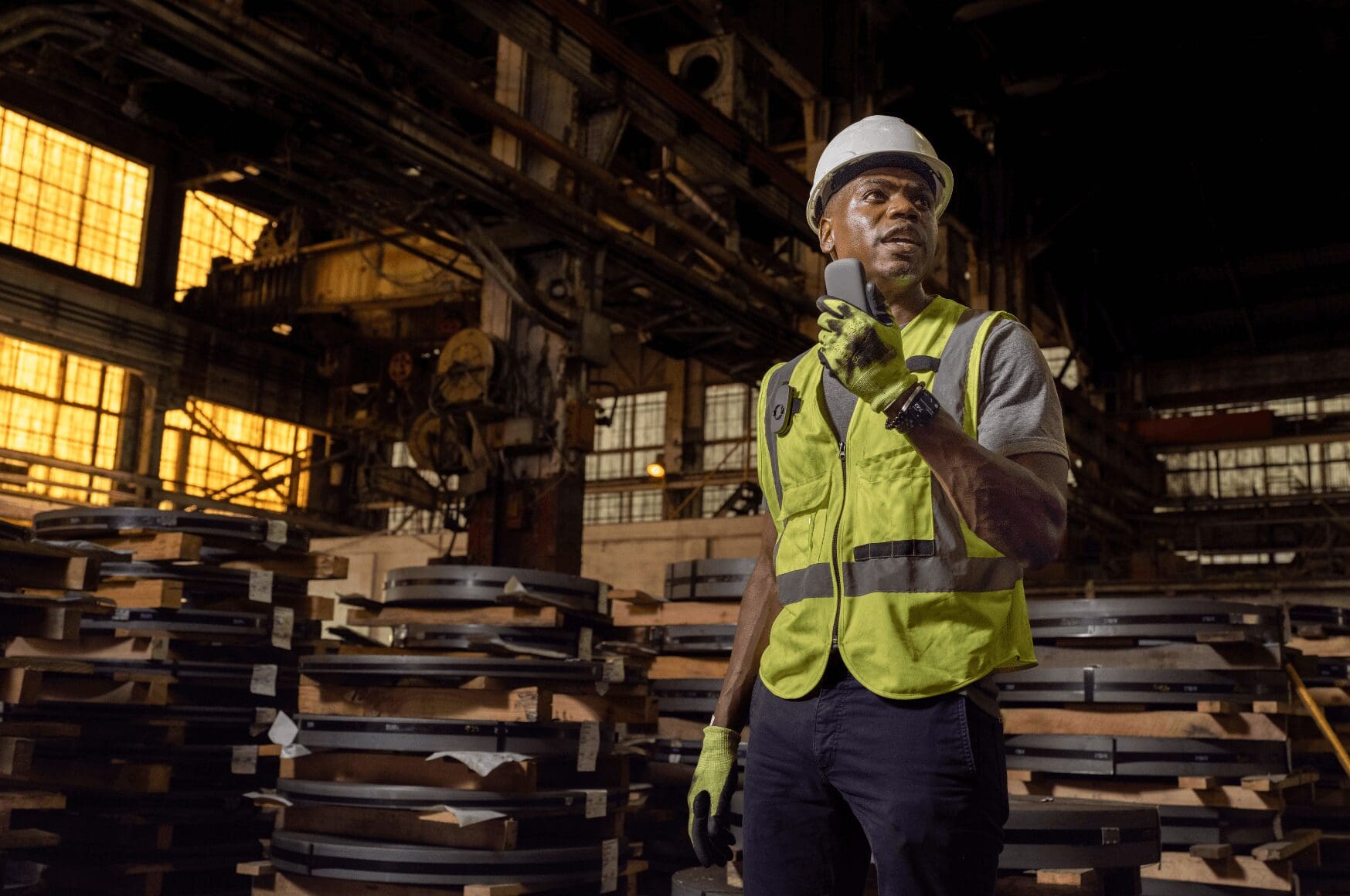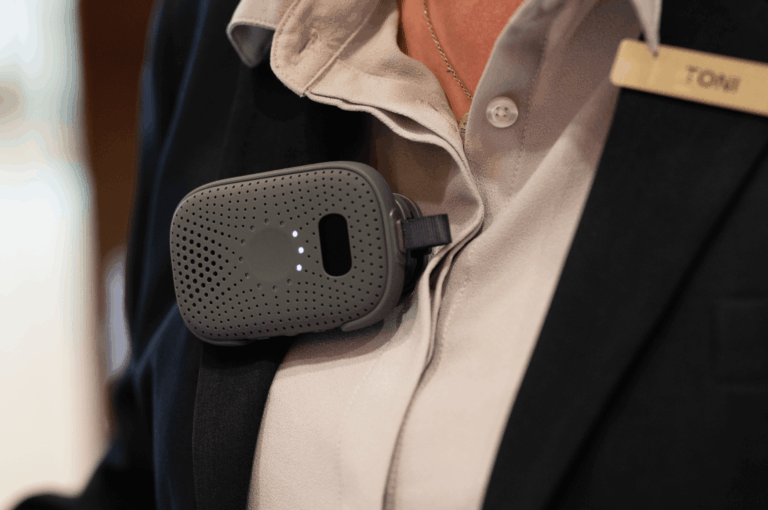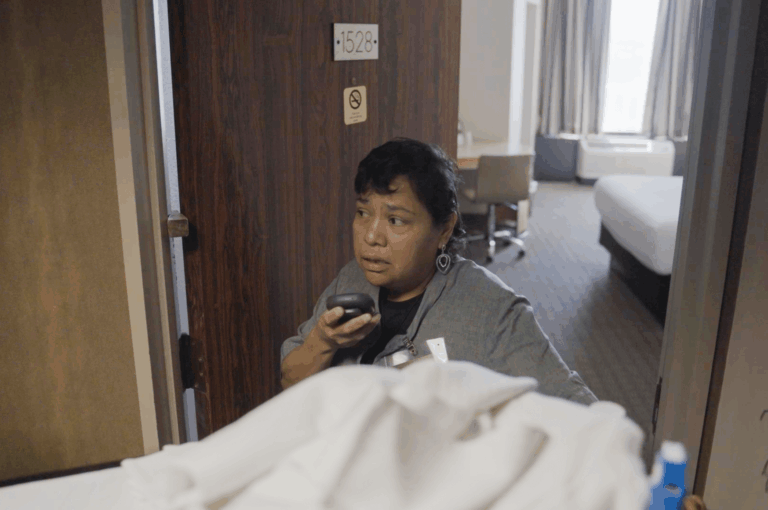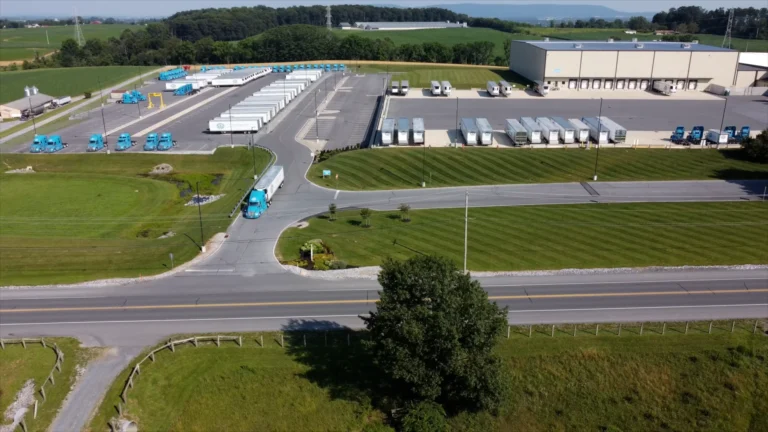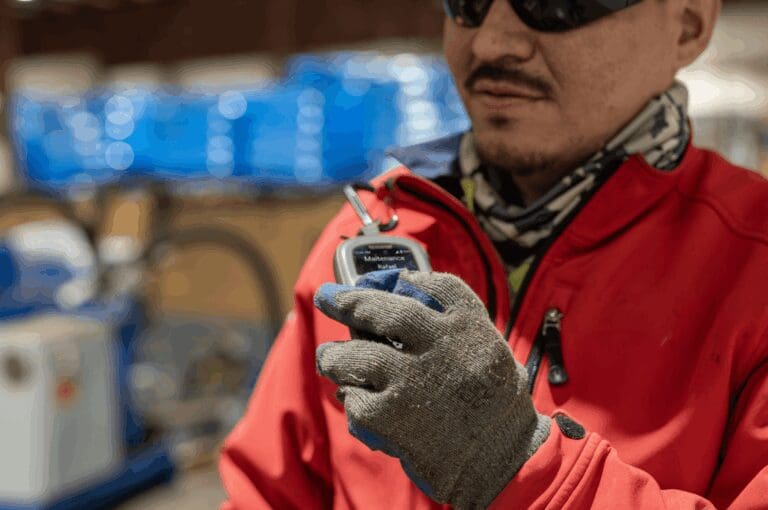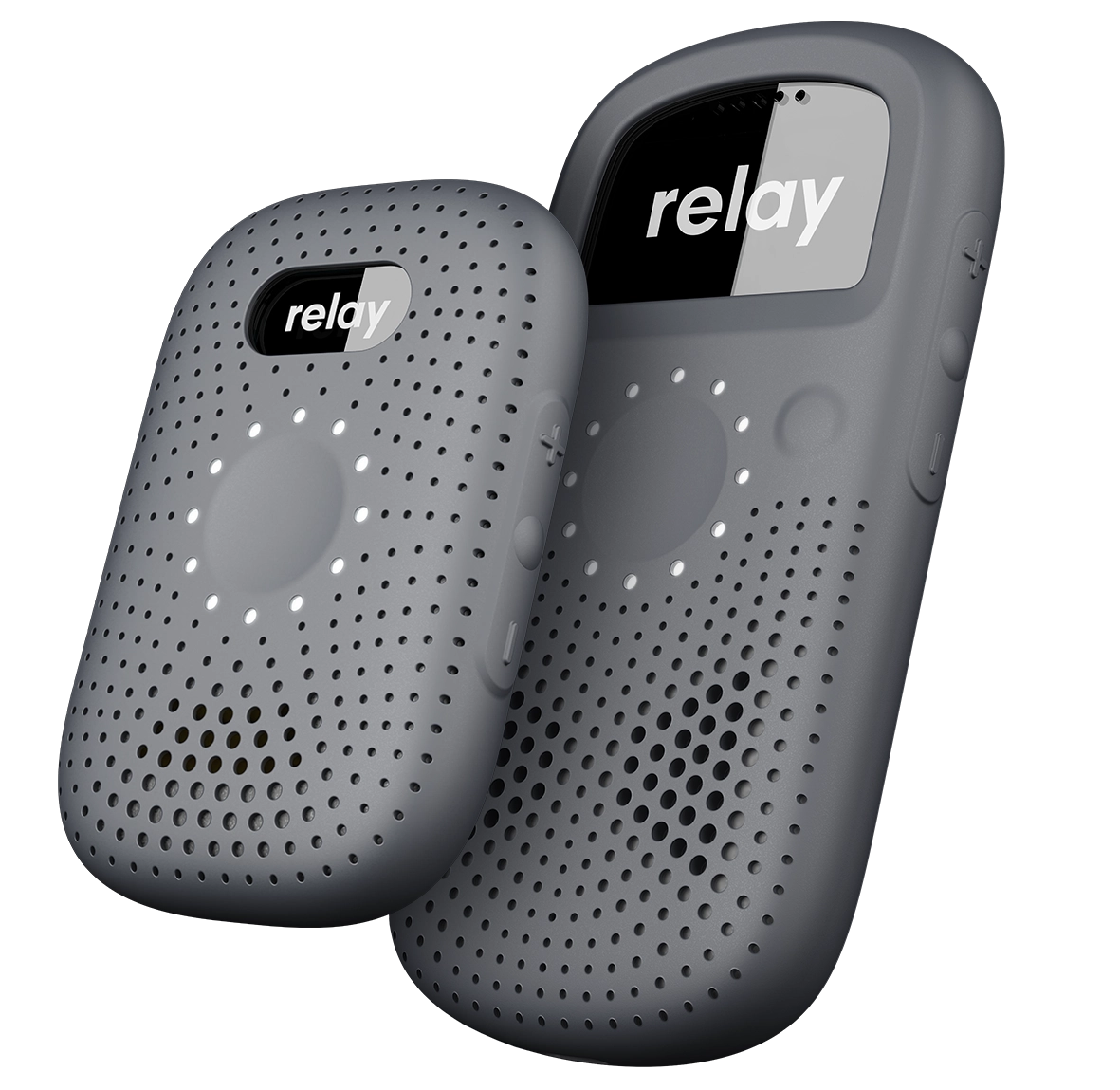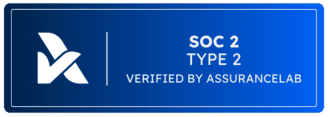When it comes to working in environments where flammable gases, vapors, or liquids might be present, safety isn’t just a priority—it’s non-negotiable. That’s where Class 1 Division 2 hazardous location classifications come in. These classifications aren’t just bureaucratic red tape; they’re essential guidelines that help protect workers in potentially dangerous settings.
In this guide, we’ll break down what Class 1 Division 2 means, explain why specialized equipment (particularly two-way radios) is crucial in these environments, and help you understand how to select the right communication tools for your team’s safety and efficiency.
What is a Class 1 Division 2 Hazardous Location?
A Class 1 Division 2 hazardous location is an area where flammable gases, vapors, or liquids might be present under abnormal conditions, but aren’t likely to exist during normal operations. Think of it as a “buffer zone” that represents a lower risk level than Division 1 areas but still requires special precautions and properly rated equipment.
These locations are typically found in industries like:
- Oil and gas facilities
- Chemical manufacturing plants
- Pharmaceutical production
- Fuel storage areas
- Processing facilities
- Mining operations
How Are Hazardous Locations Classified?
The classification system used in North America is defined by the National Electric Code (NEC) and categorizes hazardous areas based on three key factors:
Class – Defines the type of hazardous substance present:
- Class 1: Flammable gases, vapors, or liquids
- Class 2: Combustible dusts
- Class 3: Ignitable fibers or flyings
Division – Indicates how likely hazardous materials are to be present:
- Division 1: Present during normal operations or frequently during maintenance
- Division 2: Present only under abnormal conditions (equipment failure, leaks, etc.)
Group – Categorizes materials based on their properties and ignition characteristics, such as Groups A, B, C, and D for various gases and vapors.
Class 1 Division 1 vs. Division 2: What’s the Difference?
Understanding the key differences between Class 1 Division 1 and Division 2 is crucial for proper equipment selection:
| Characteristic | Division 1 | Division 2 |
| Presence of hazardous materials | Present during normal operations | Present only in abnormal conditions |
| Risk level | Higher | Lower |
| Equipment requirements | Explosion-proof or intrinsically safe | Non-incendive or suitable for Division 1 |
| Examples | Inside storage tanks, process vessels | Areas surrounding Division 1 locations |
Here’s a helpful tip: Equipment approved for Division 1 can be used in Division 2 locations of the same class and group. However, equipment approved only for Division 2 cannot be used in Division 1 locations.
Why Two-Way Radios Need Special Certification for Hazardous Locations
In environments where a single spark could trigger a catastrophic event, standard electronic devices—including ordinary two-way radios—can pose serious risks. That’s why communication equipment used in Class 1 Division 2 areas must be specially designed and certified.
The risks of using standard radios in hazardous locations include:
- Electrical sparks from circuits, switches, or battery connections
- Heat generation from normal operation
- Static electricity from device housings
- Potential for short circuits or electrical faults
Even a seemingly minor issue like a battery short or a static discharge could provide enough energy to ignite flammable gases or vapors in the right concentration.

Features of Class 1 Div 2 Certified Radios
Two-way radios certified for Class 1 Division 2 environments are engineered with several special features:
Non-incendive circuits – Electrical components designed to prevent sparks or excessive heat during normal operation and certain fault conditions.
Specialized housings – Constructed from materials that resist static buildup and provide additional protection against impact damage.
Battery safety – Specially designed power sources that limit energy output and prevent short circuits.
Temperature control – Components engineered to keep surface temperatures below ignition thresholds.
IP ratings – Many Class 1 Div 2 radios also feature robust environmental protection (often IP67 or IP68) against dust and water.
Clear certification markings – Visible labels showing the appropriate ratings for hazardous locations.
The Importance of Certified Accessories
One crucial aspect of hazardous location safety that’s often overlooked is accessory compatibility. When using two-way radios in Class 1 Division 2 environments, it’s essential to understand that:
- The certification applies to the complete system, including all accessories
- Only manufacturer-certified batteries should be used
- Aftermarket accessories, even if marketed as “intrinsically safe,” will void the certification
- Batteries should never be charged within the hazardous location
- Speaker mics, headsets, and earpieces must carry the same certification as the radio
Using uncertified accessories with a certified radio isn’t just about breaking rules—it creates a serious safety risk and potential liability. It’s like having a high-security building with state-of-the-art locks on every door except one.
Industry Applications: Where Class 1 Div 2 Radios Are Essential
Oil and Gas Industry
In oil and gas facilities, Class 1 Division 2 areas typically include areas surrounding wellheads, tank farms, loading/unloading stations, and perimeters of processing areas. Communication is critical in these environments for both operational efficiency and emergency response.
Chemical Manufacturing
Chemical plants often have extensive Class 1 Division 2 areas, including storage areas for flammable chemicals, areas surrounding reaction vessels, and loading docks where chemicals are transferred.
Pharmaceutical Production
In pharmaceutical manufacturing, Class 1 Division 2 areas may include solvent storage areas, areas where alcohol-based products are processed, and locations where flammable cleaning agents are used.
Mining Operations
Mining operations, particularly coal mines, may designate areas as Class 1 Division 2 where methane gas might be present in abnormal conditions, fuel storage is located, or ventilated areas adjacent to higher-risk locations.
Best Practices for Using Radios in Hazardous Locations
Maintaining safety in Class 1 Division 2 environments requires ongoing attention to best practices:
Proper Training
All personnel should receive training on:
- Recognition of hazardous area classifications
- Understanding of equipment ratings and limitations
- Proper use and maintenance of two-way radios
- Emergency procedures
- Reporting potential hazards or equipment issues
Regular Inspections
A robust inspection program should include:
- Verification that equipment carries proper certification
- Checking for physical damage that might compromise safety
- Ensuring all markings and labels remain legible
- Confirming no unauthorized accessories are in use
Common Mistakes to Avoid
- Using uncertified equipment or accessories
- Charging batteries within the hazardous location
- Modifying or repairing equipment without proper authorization
- Failing to maintain documentation of equipment certifications
FAQs About Class 1 Div 2 Communication Equipment
Does Class 1 Div 2 require explosion-proof equipment?
No, explosion-proof equipment (designed for Division 1) is not specifically required in Division 2 locations. Non-incendive equipment is generally acceptable, though explosion-proof or intrinsically safe equipment can also be used.
What happens if I use the wrong radio in a hazardous location?
Using equipment without proper certification creates serious safety risks and potential liability. In the event of an incident, insurance coverage may be voided, and organizations may face regulatory penalties and legal liability.
Can I use standard accessories with my certified radio?
No. Only accessories specifically certified with the radio can be used without voiding the certification. Using standard or aftermarket accessories will compromise the safety rating of the entire system.
What’s the difference between “intrinsically safe” and “non-incendive”?
Intrinsically safe equipment is designed to limit electrical and thermal energy to levels that cannot cause ignition, even under fault conditions. Non-incendive equipment is designed to be safe under normal operating conditions but may not be under fault conditions. Intrinsically safe is suitable for both Division 1 and 2, while non-incendive is only for Division 2.
How often should I replace my hazardous location radio?
Replace your radio if it shows any signs of physical damage, if the certification markings become illegible, or according to the manufacturer’s recommended lifecycle. Always follow your organization’s equipment replacement policies.
Choosing the Right Two-Way Radio for Hazardous Environments
Selecting appropriate communication equipment for Class 1 Division 2 environments requires careful consideration of several factors:
- Certification Level: Ensure the radio is certified for the specific class, division, and groups present in your environment.
- Radio Features: Consider functionality needs like range, battery life, audio quality, and available channels.
- Durability: Look for additional ratings like IP67/IP68 for dust and water protection, especially in harsh industrial environments.
- Support and Warranty: Choose manufacturers that provide strong support for their hazardous location products.
How Relay’s Radios Improve Safety in Hazardous Locations
Our Class 1 Division 2 certified two-way radios: RelayX HazLoc, are specifically engineered to provide reliable communication without compromising safety in hazardous environments. With features like non-incendive circuits, specialized housing materials, and comprehensive certification, our radios enable teams to communicate effectively while maintaining compliance with safety standards.
Beyond basic communication, our radios offer:
- MIL-STD-810H certified durability rating
- IP66/IP68 water resistance
- Redundant nationwide range via cellular and Wi-Fi connectivity
- Dual 2.0W speakers for 110dB loudness and advanced noise cancellation
- All-day battery life with a robust 2900 mAh battery
- Real-time translation in 30+ languages
- Up to 1,000 channels for one-on-one or team communication
- Real-time location tracking and message transcription
- 3-year limited warranty with no-cost upgrades on eligible plans
- And of course—Class 1 Div 2 certified!
Clear communication is a necessary part of every workplace, especially in hazardous locations where coordination can be the difference between safety and disaster.
Ready to discover if our Class 1 Division 2 certified radios are right for your business? Book a one-on-one demo today – or check out our customer stories to see how our communication solutions have improved safety and efficiency for businesses nationwide.

